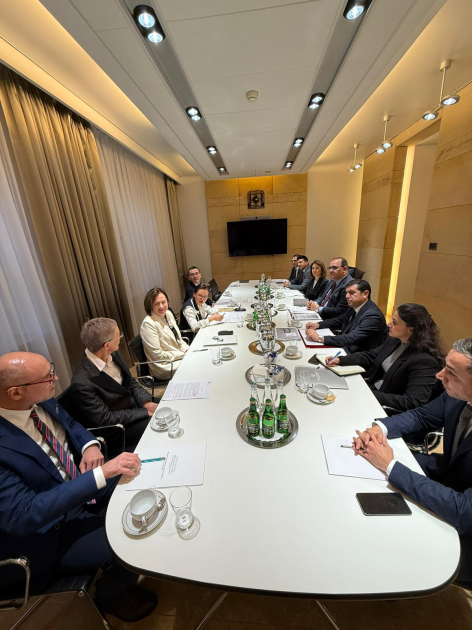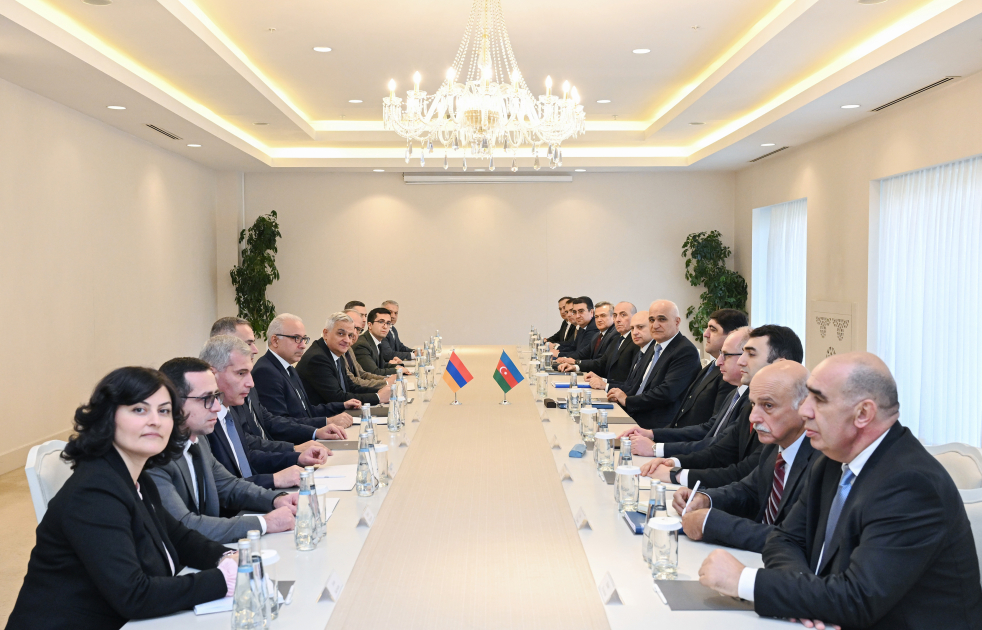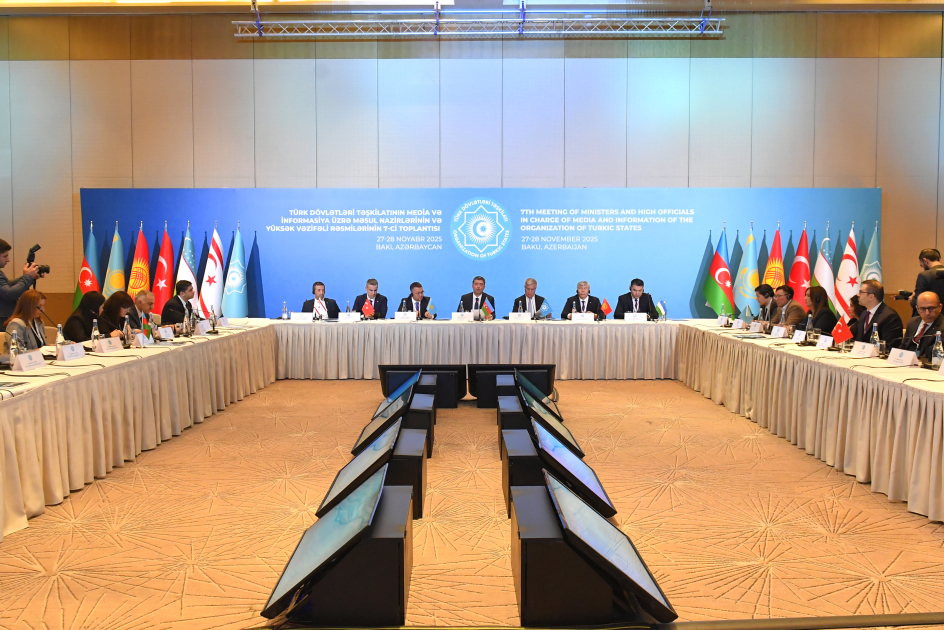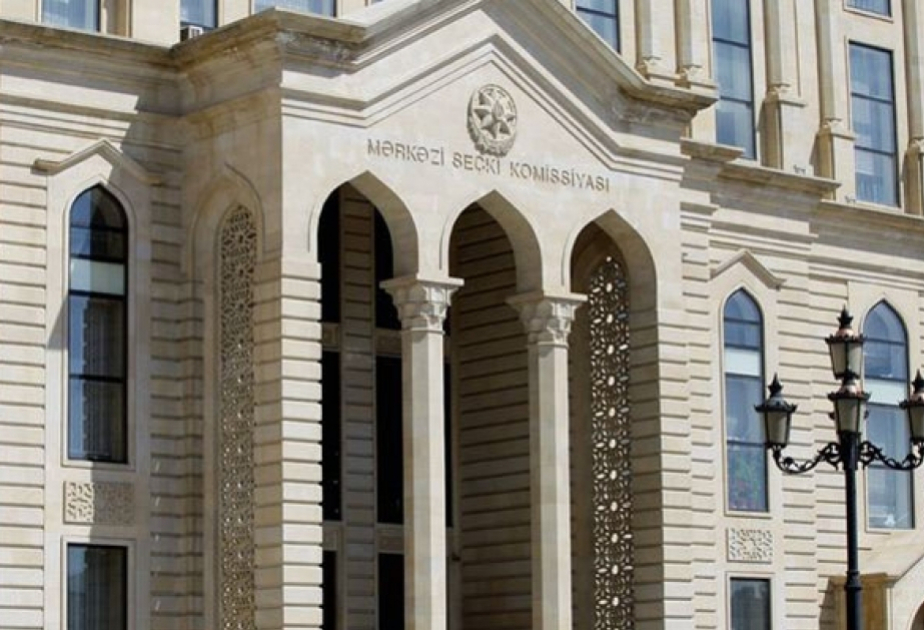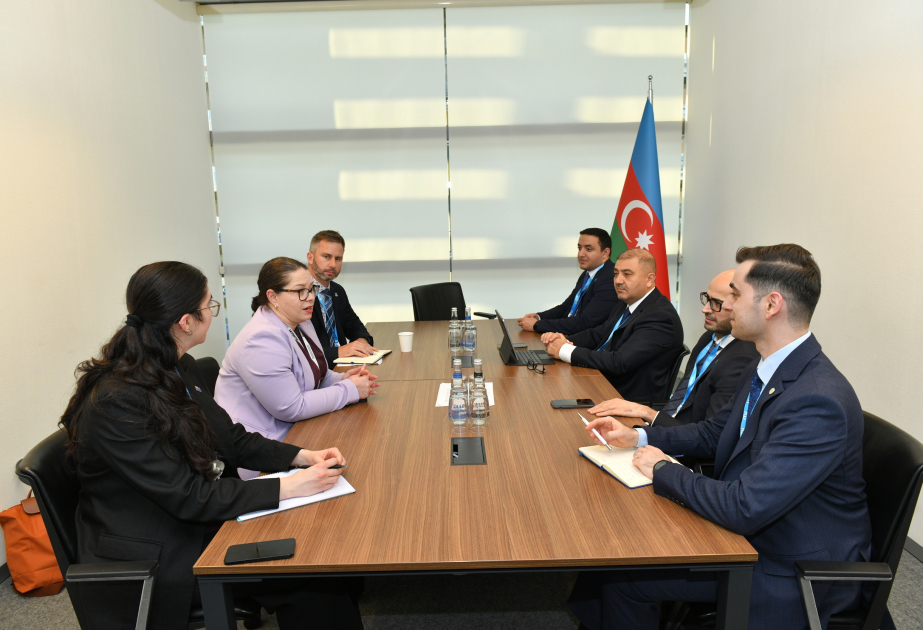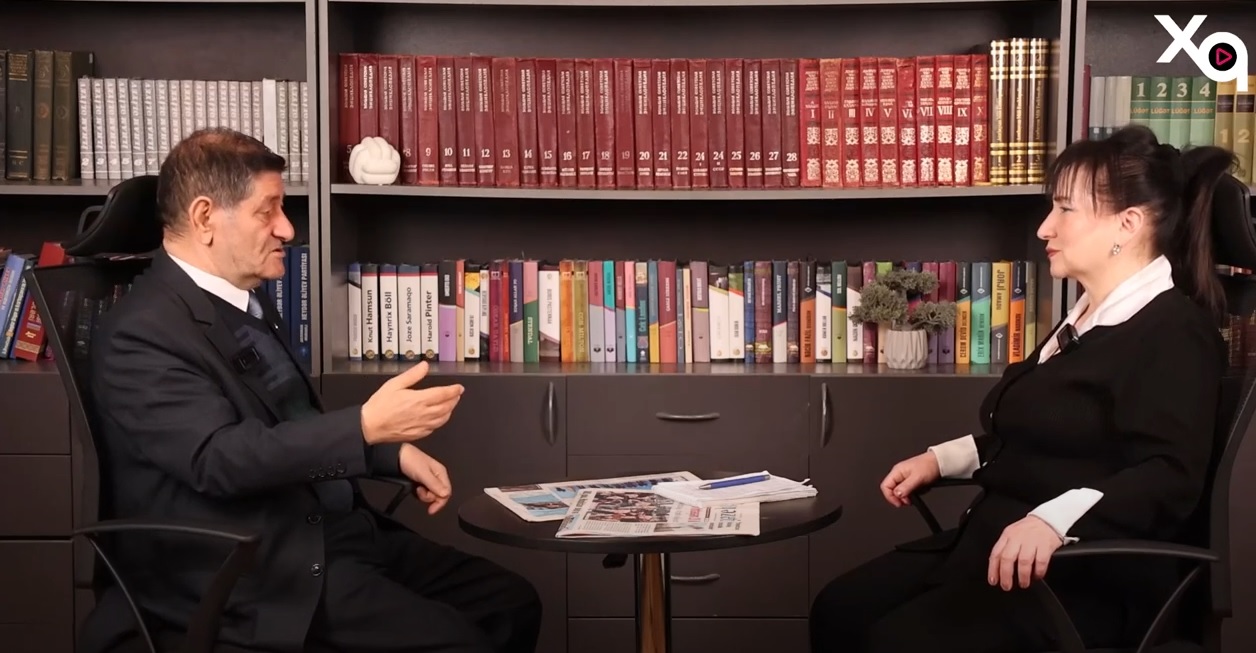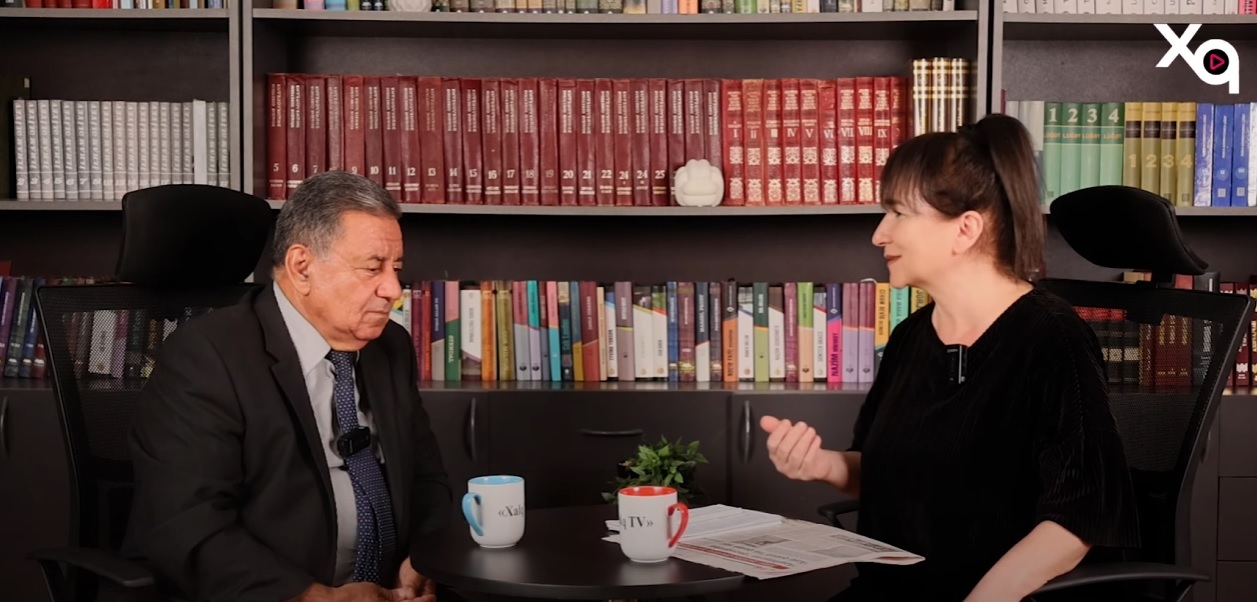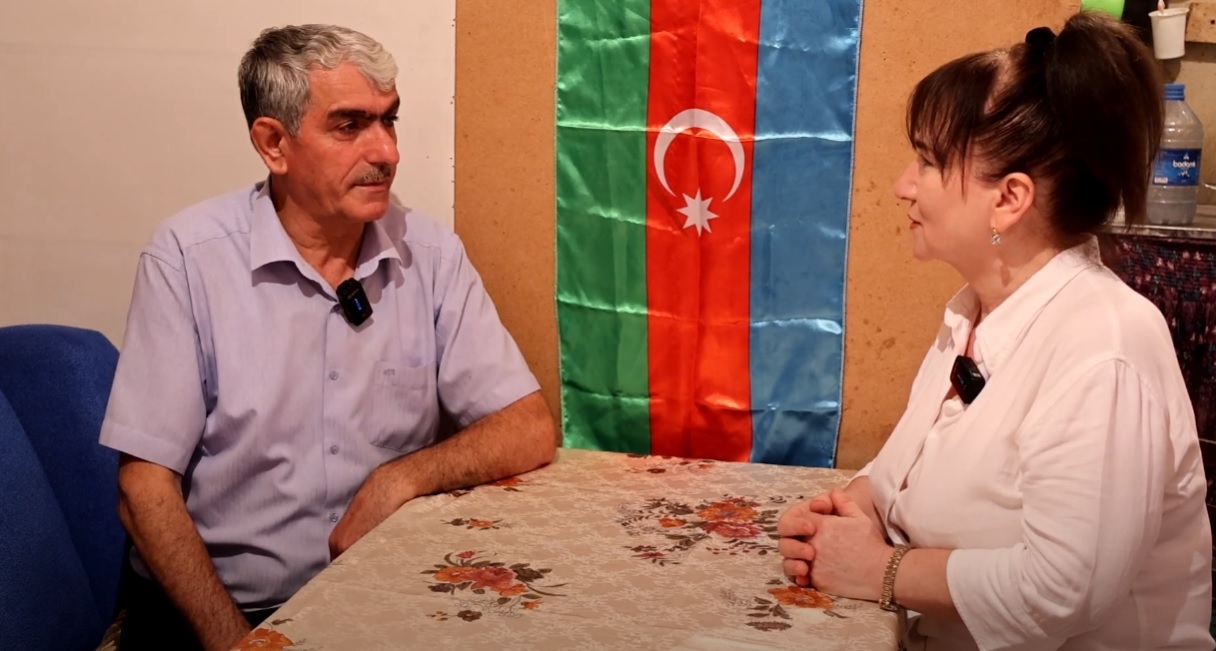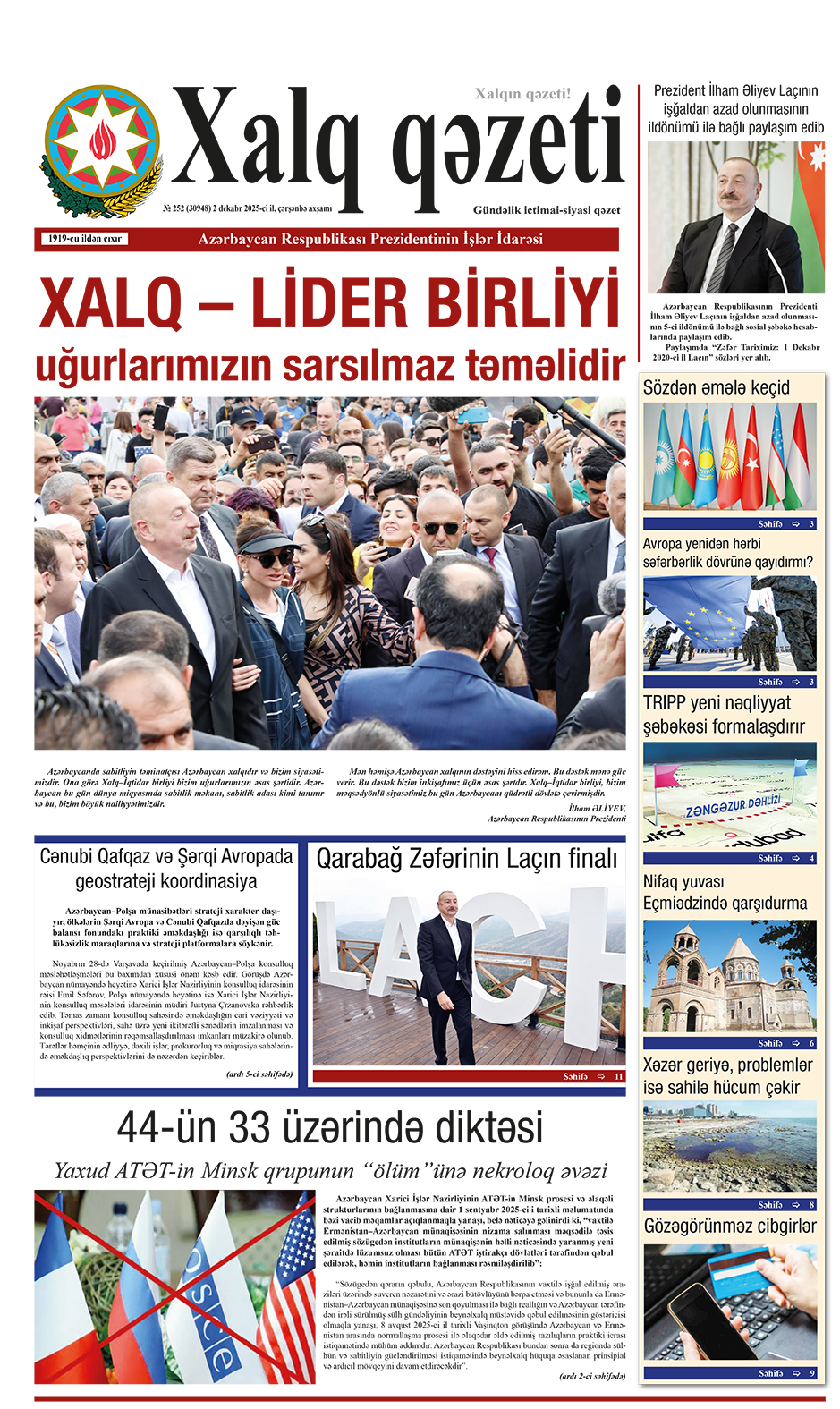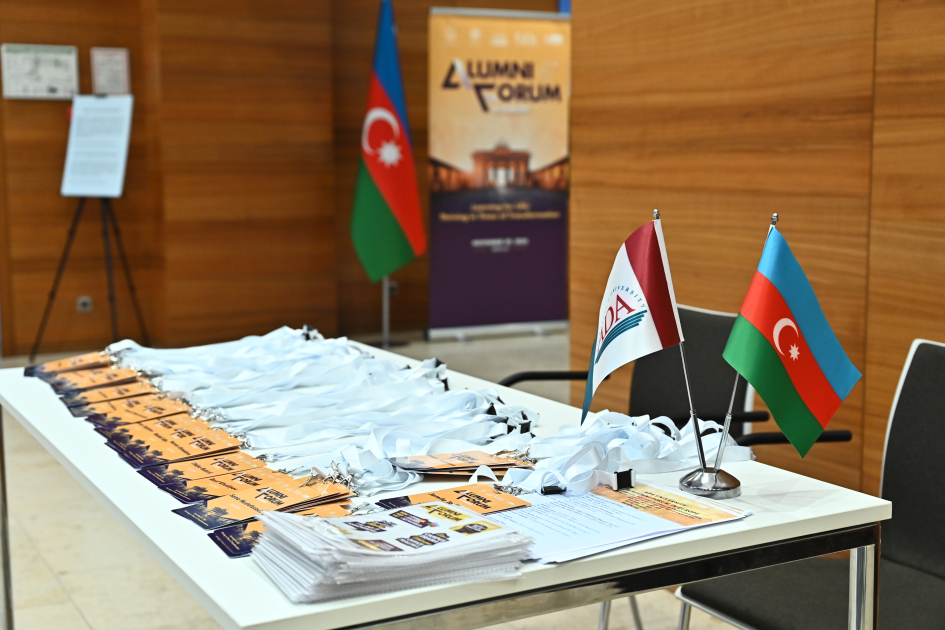On June 19, participants of the International Symposium of Ombudsmen, held under the theme “Strengthening the Rule of Law: The Role of Ombudsmen and National Human Rights Institutions” and dedicated to the “Year of Constitution and Sovereignty” and June 18 – Human Rights Day in Azerbaijan, visited the Guba Genocide Memorial Complex and the adjacent mass grave.
They laid flowers and paid tribute at the monument to National Leader Heydar Aliyev in Guba.
Ilgar Mahmudov, Head of the Executive Authority of Guba District, briefed the guests on the history and recent development of Guba, the ethnic minorities living in the region, and its environment of interethnic tolerance.
The participants then visited the Guba “ASAN hayat” complex of the State Agency for Public Service and Social Innovations, where they became acquainted with the services provided.
At the ASAN Khidmet Center located within the complex, more than 30 types of public services are provided to citizens. Additionally, the center offers 112 types of auxiliary services, including banking, insurance, legal consultation, translation, and various others. The center serves nearly 500,000 citizens residing in Guba, Gusar, Khachmaz, and Shabran districts.
The participants were also thoroughly informed about the genocide committed by Armenians, including detailed facts regarding the discovery and investigation of the Guba mass grave.
The mass burial site was discovered on April 1, 2007, during earthworks. Researchers from the Institute of Archaeology and Ethnography of the Azerbaijan National Academy of Sciences carried out extensive studies, which confirmed that the site is linked to the genocide committed by Armenian armed groups against the local civilian population in 1918.
The Guba Genocide Memorial Complex was established with the support of the Heydar Aliyev Foundation and officially opened on September 18, 2013.
Tens of thousands of Muslims and local Jews were massacred by joint Armenian and Bolshevik forces in Baku and regions including Guba, Shamakhi, Goychay, Karabakh, and Lankaran between March and September 1918. In the Guba region alone, nearly 167 villages were destroyed.
The memorial complex also features a special touchscreen map that provides information in several foreign languages about the acts of genocide committed by Armenians against Azerbaijanis in different parts of the country during the 20th century.
The participants wrote heartfelt messages and signed the guest book at the memorial complex.



.jpg)

